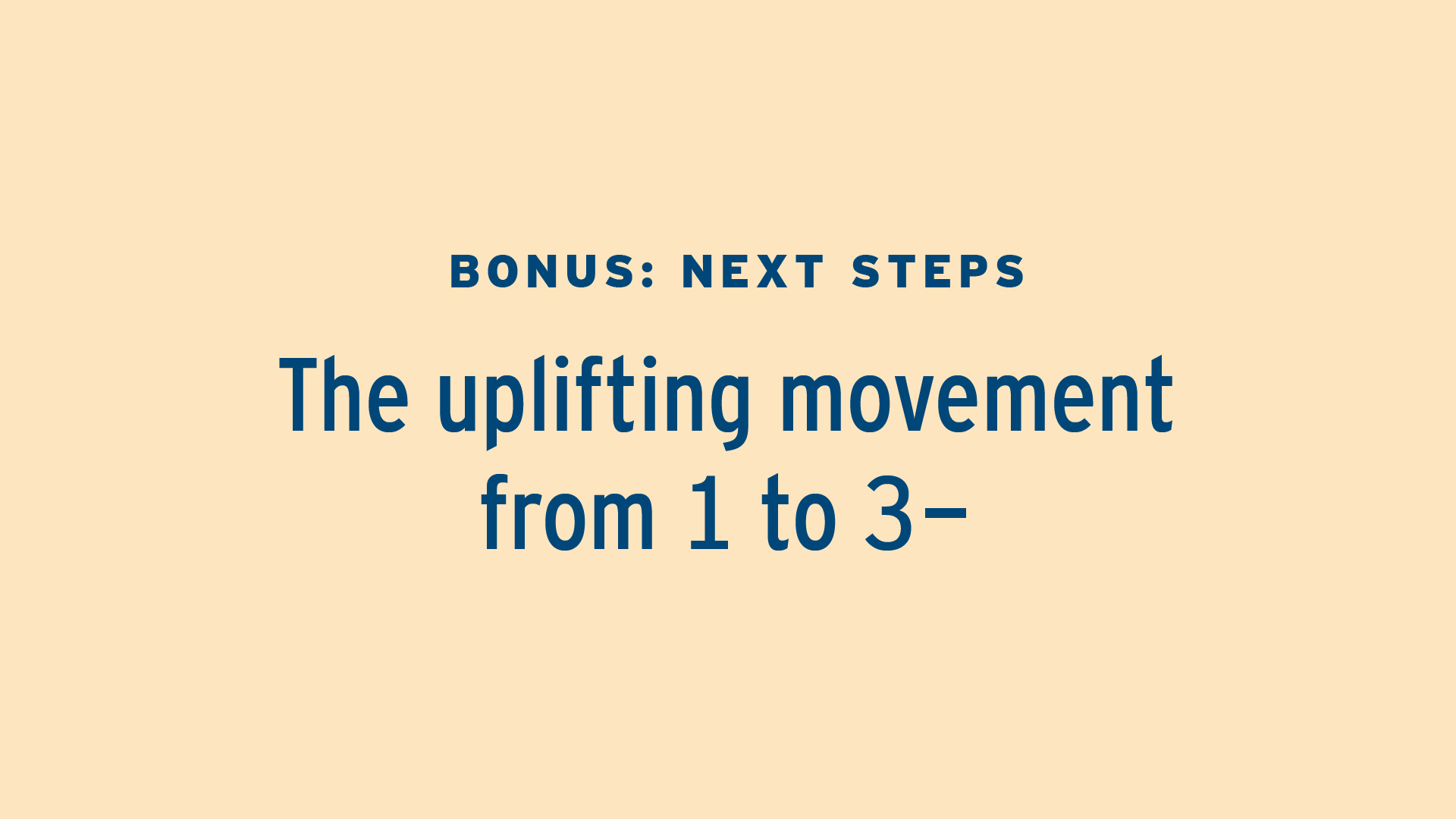The 3- chord is a minor chord that can have a very uplifting feeling when we play it after the 1 chord. So now we are going to study this uplifting movement with the progression 1, 3-, 4, 5D. Remember the 50's progression (1, 6-, 4, 5D) that we studied in the course Recognizing Chords by Ear? So what we are studying now is a very similar progression, just replacing the 6- chord for the 3- chord.
Watch this short video where I show you this chord progression:
IFR materials you will need
For all of the activities described below (and on the subsequent pages), you will need the following two resources:
IFR Jam Tracks Level 3: Pure Harmony Advanced Sing the Numbers 3: Melody Paths
After you have purchased these two courses, all of the links below will take you directly to the appropriate lesson pages.
Let's get started!
To study the 1, 3-, 4, 5D progression, I propose the following activities:
1) Practice with IFR Jam Tracks Level 3: Pure Harmony Advanced
Lesson 9 - Chords 1, 3-, 4, 5D
Practice the following activities over each jam track:
a) Observe the sensation of the 2 chord. Just listen to the backing track and try to feel this chord without playing or singing anything. Just listen and feel. b) Sing/play the roots of the chords over the backing tracks (in many keys). c) Sing/play Melody Paths over the backing tracks (in many keys). The ultimate goal for this exercise is to be able to sing melody paths without the help of the instrument and without having to look at the drawing of the chord columns. d) Improvise freely over the jam tracks.
2) Sing the Numbers 3: Melody Paths
While you sing along with me with this track, I want you to feel the uplifting movement from the 1 chord to the 3- chord. You can even move illustrate this movement with your hands or your body to enhance your perception.
Lesson 19 - Chords 1, 3-, 4, 5D
3) Playlist of songs with chords 1, 3-, 4, 5D
All the songs in this playlist have this movement from 1 to 3-, but the progressions are different. The first son in the playlist is "Hey There Delilah" by Plain White T's, and it's interesting because in the intro and the beginning of the verse they simply alternate between 1 and 3-. So with this song you can really hear this movement very clearly without other chords complicating the progression.
Playlist on Spotify: https://open.spotify.com/playlist/01Hl87BFwJFszqzHblGAJ0?si=c9fddf9b3fbe4574
In this PDF I give you all the structures and chords of these songs. Try to follow the chord changes as you go through the playlist.
Songs with the uplifting movement from 1 to 3- (PDF)
4) Feel the chords: 1, 3-, 4, 5D or 1, 6-, 4, 5D?
I have created a playlist mixing songs that are based on the 1, 3-, 4, 5D progression, and songs that are based on the 1, 6-, 4, 5D progression. Your job is to listen to each song and recognize whether the chords are 1, 3-, 4, 5D or 1, 6-, 4, 5D.
Playlist on Spotify: https://open.spotify.com/playlist/3WGZhtaNiYOku6G1wnE1ob?si=1927e9f68a4b4d13
5) Be creative with the 3- chord
Explore different combinations of the chords by playing them yourself with your instrument. If you find a combination you especially like, make your own song with it! And you are not limited to 1, 3-, 4, 5D. You can get inspiration from the songs on the playlist. Here are some nice examples:
1, 3-, 1, 3- 1, 3-, 4, 1 1, 3-, 2-, 5D 1, 3-, 6, 4 1, 3-, 6, 4-5D 1, 3-, 2-, 4
When you internalize the feelings of these chords, you can also choose them by their sensation, and place a chord after another based on what you want to feel next in the chord progression to express a musical idea. Now you have many "colors" at your disposal to use in your compositions.
Links to all extra activities
Lesson video: Where to go from here? Next steps: The 2- chord in a major context Next steps: The 1, 6-, 2-, 5D progression Next steps: The uplifting movement from 1 to 3- Next steps: Studying the 3- chord with its neighbors Next steps: Chords 2- and 3- in a minor context Next steps: The 6-, 5D, 4, 3- progression Next steps: Studying the 7-b5 chord
